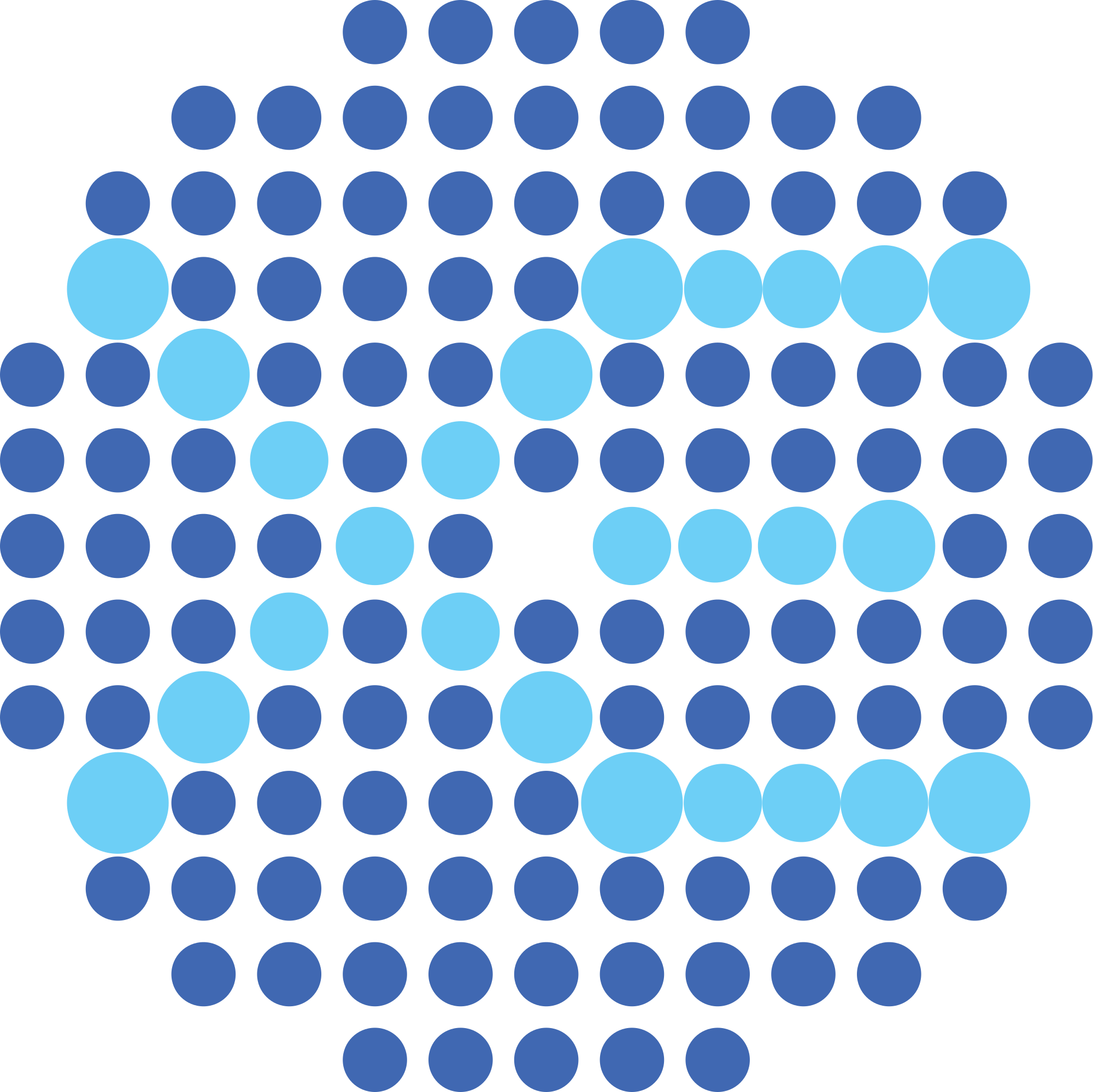Since we don’t know how dark matter interacts with more familiar particles, we have to break up our search for weakly interacting massive particles (WIMPs) in terms of their possible interactions with xenon nuclei. While many complex interactions are possible, we generally start with two simple cases: WIMP-nucleus interactions that don’t depend on the nuclear spin, and those that do. XENON1T set a world-leading constraint on the former, “spin-independent” interaction in 2018. Today, we released our first results constraining the latter, “spin-dependent” interaction. The results are shown in the following figure:
The spin-dependent WIMP-nucleon interaction contains a range of possible cases, so experiments typically consider two extreme ones: the case where WIMPs only scatter off protons, and the case where they only scatter off neutrons. Most of the spin in xenon is carried by neutrons, so xenon experiments are better at constraining the neutron-only case. These results set the most stringent limit on this case, using the same data and procedure as the spin-independent result. We also tried out a new method of combining our constraints with complementary searches at particle accelerators, following the example of PICO-60. An open-access pre-print version of the paper is available on the arXiv.


